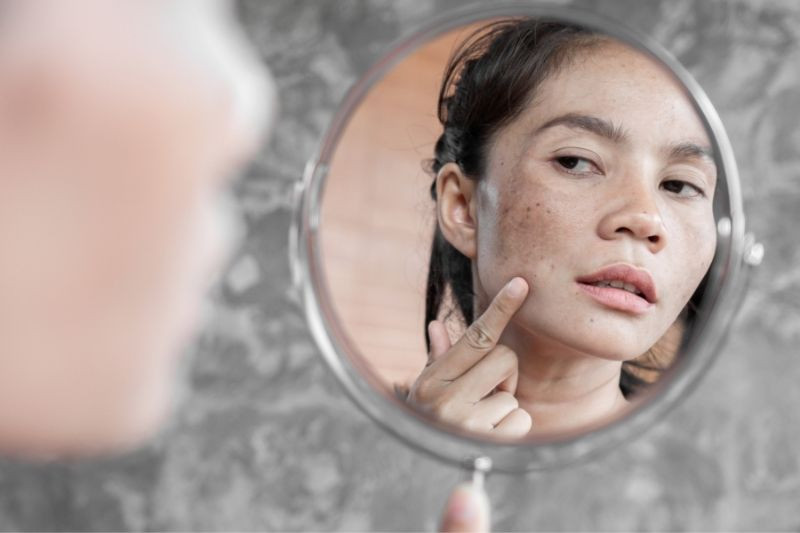Taking care of your skin is essential, but a skin-care routine won’t work to its full potential if you’re unsure about your skin type. Your skin type usually depends on genetics, but other internal and external factors can also influence skin quality and health. Normal, oily, dry, and combination are the four basic skin types; use these quick steps to determine your skin type, and start caring for your face accordingly.
Step 1: Wash Your Face as Usual
Cleansing your skin of all makeup, dirt, oil, and dead skin cells ensures that nothing that will influence your sebum production remains on your face. Begin by removing any traces of makeup, and then thoroughly wash your face using a gentle cleanser. Use a soft, clean towel to pat your face dry.
Step 2: Wait an Hour or Two
After you dry your skin, do not use any other products, and avoid touching your face. You’ll want to wait an hour or two for your skin to return to its normal state. You can do some normal tasks while you wait, but remain indoors and steer clear of activities that may cause you to sweat or overheat.
Step 3: Dab With a Blotting Sheet
Once your skin has had a chance to return to normal, use two blotting sheets on your face. Dab your T-zone (forehead, nose, and chin) with one sheet, and dab your cheeks with the other sheet. Make sure you know which sheet is which, as the amount of oil on each sheet will help you determine your skin type.
Step 4: Determine Your Skin Type
The final step is to determine your skin type based on the blotting sheets. The amount of oil on your skin is the best indicator of its type. Explore the usual results for each category to see where your skin fits best.
Normal
There will be little to no oil on either blotting sheet, and your skin will appear smooth and hydrated. Consider yourself lucky if you have normal skin!
Oily
There will be a noticeable amount of oil on both sheets, and your skin will appear shiny or sweaty. Unfortunately, people with oily skin are prone to clogged pores and breakouts. Acne-safe skin care can keep your blemishes and oil production under control.
Dry
There will be little to no oil on either sheet, but your skin might be flaky or feel tight. For dry skin, you’ll need heavier, cream-based products for extra moisture.
Combination
Combination skin is the tricky type, but it’s very common. There will be a noticeable amount of oil on the sheet from your T-zone but little oil on the sheet from your cheeks. Use more moisturizer on your dry areas and less on your oily areas.
After you’ve determined your skin type with these quick steps, you’ll be able to better care for your skin and look your absolute best. Your friend’s skin-care tricks may not work for you, but we’re all different, and that’s okay.

